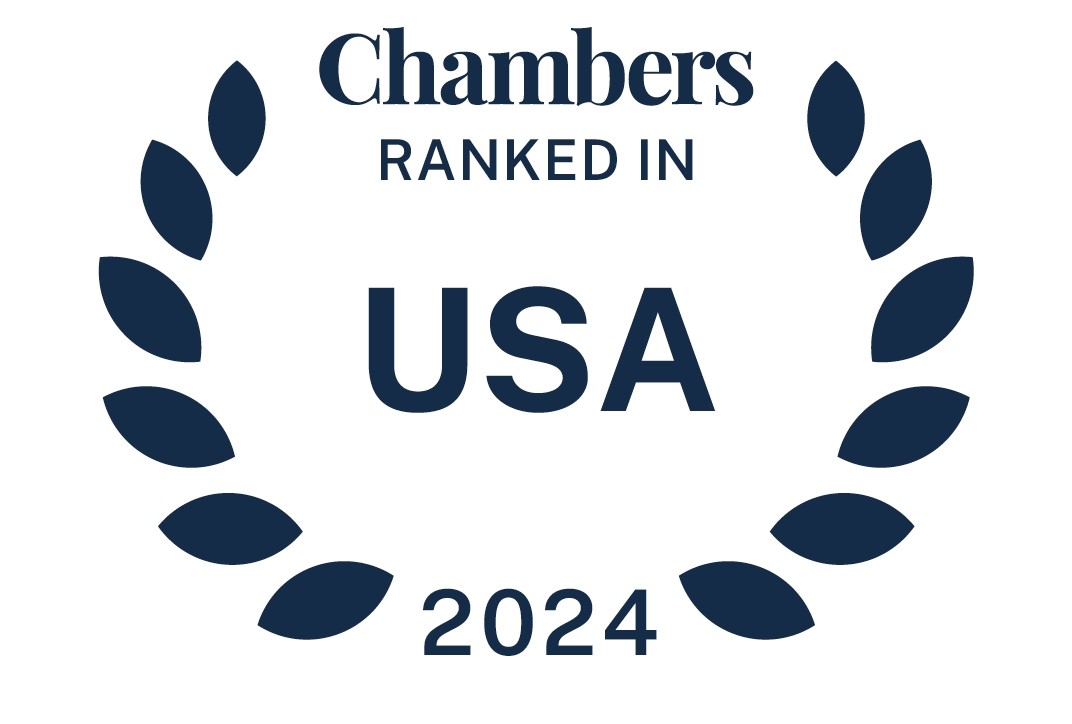The Federal Trade Commission’s newly proposed rules that would prohibit most noncompete clauses in employment represent a seismic shift for business. In this Barron’s article, McDermott Partner Michael Peregrine says corporate leadership should “take very seriously” the threat that federal antitrust policy presents to business operations and strategic development.
“This government activity has risen to a level that demands serious board and executive attention as a possible corporate enterprise risk,” Peregrine writes.
read more


 Subscribe
Subscribe




